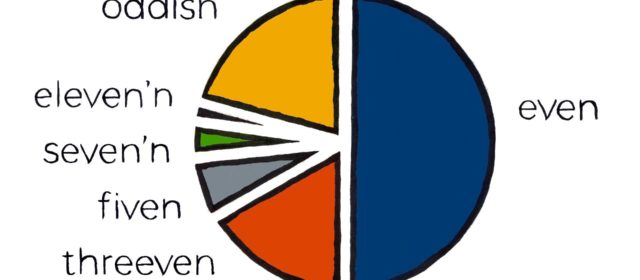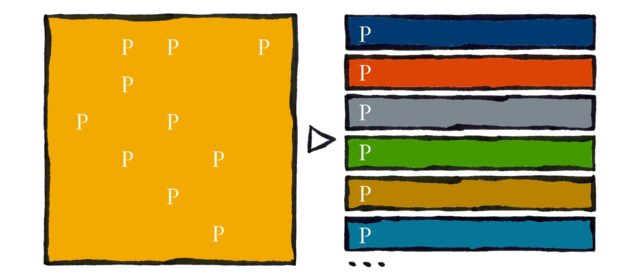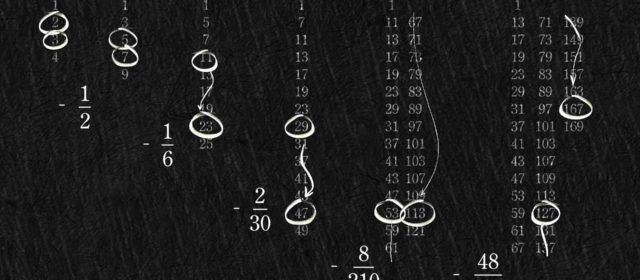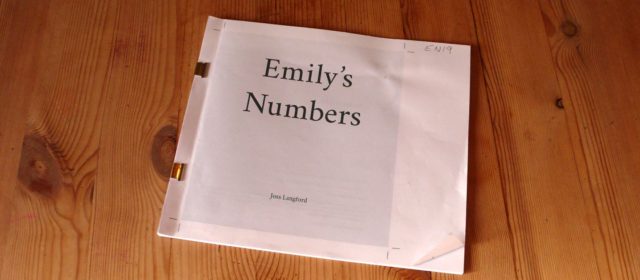Emily takes a very intuitive approach to understanding the relative sizes of her lists (even, threeven, fiven, seven’n etc.) and the segments they create. However, we really should look a little deeper into the mathematics. Emily’s assertion that the lists of even and odd numbers are the same size is correct – because they are both infinite. Interestingly, when we combine the even and odd numbers we have all the...
Read MoreWhen Emily makes the decision to exclude the even numbers from her threeven list she establishes her method to ensure that all her lists have unique elements. If we consider each list (even, threeven, fiven, seven’n etc.) to be a set then we can say that they are all disjoint. She starts with a single, infinite set of positive integers with the prime numbers scattered throughout. By applying her...
Read MoreThe sequences of integers that Emily finds in her exploration of numbers are well known to mathematicians. The On-Line Encyclopedia of Integer Sequences (OEIS) was started by Neil J. A. Sloane in 1964 and is a valuable open resource. Here are the lists of numbers that Emily created and their reference numbers: A000027 Everyday counting numbers (positive integers) 1, 2, 3, 4, 5, 6, 7, 8, 9, 10, 11, 12, 13, 14, 15, 16, 17, 18, 19, 20,...
Read MoreComing soon … Emily’s Numbers is a story about a girl who learns to express her creativity through counting. Her journey explores the deep patterns of everyday numbers and why the primes occur as they do. Publisher: Arch Interface Author: Joss Langford ISBN: 978-1999947507 Available: 16th February 2018 30% of all publisher proceeds will be donated to Somerset Unit for Radiotherapy Equipment...
Read More





Recent Comments